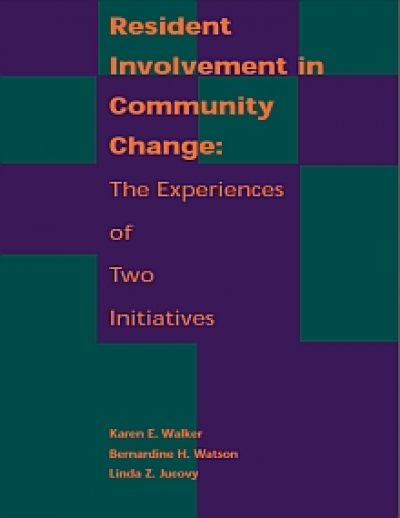People Power
Resident involvement has been viewed as a very powerful political idea.

Both Plain Talk and Community Change for Youth Development (CCYD) represent a social policy approach to local neighborhood change. Plain Talk’s goal of protecting sexually active teens from pregnancy and disease slapped at religious beliefs, while CCYD’s goal of giving youth a leg up in school, work, and decision making was much easier to market. Yet both ran into the same phases, quandries and challenges during implementation, as revealed in this report.
Casey has always maintained, and practice has borne it out, that residents are a great way to gain an inside view of the community’s strengths and needs, gain access to social networks that can facilitate local buy-in, and gain legitimacy and moral authority to address certain “touchy” community issues—all of which are important to the success of the initiative. Involving residents is also a way to build community leadership capacity, which, in turn, can help expand and sustain initiative accomplishments.
We hope you'll find value in this report. We’d love to get a little information from you, which we'll use to notify you about relevant new resources.